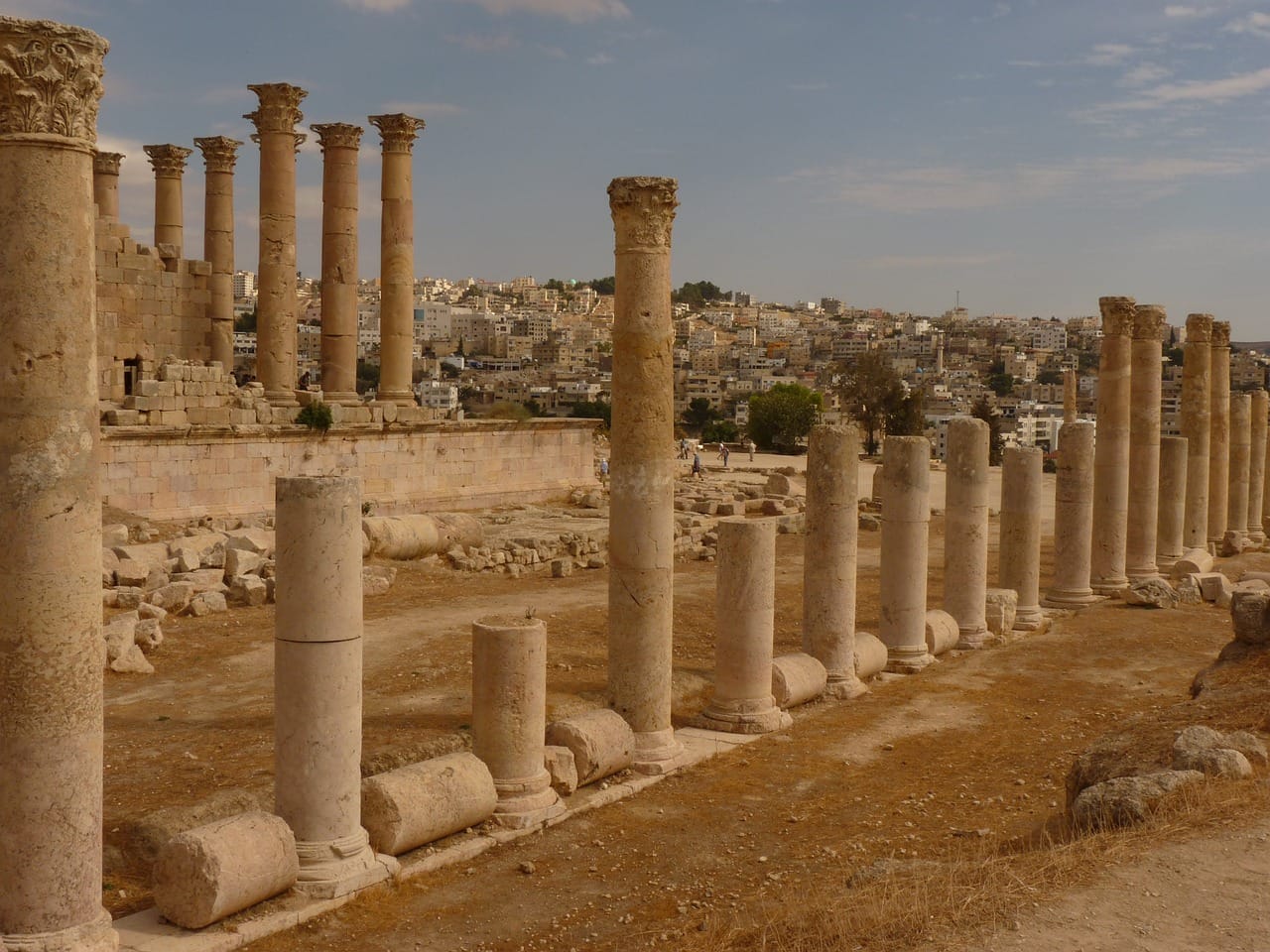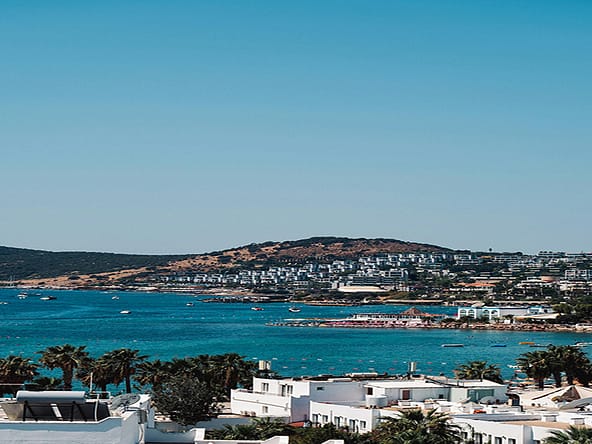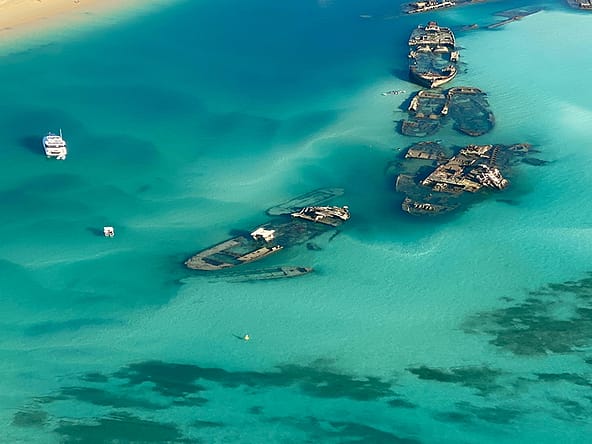Turkey is not all about fabulous beaches, a warm climate, and a delicious cuisine, it’s also an architectural & cultural wonder, with no less than 17 sites currently deemed to be that historically significant that they make the UNESCO World Heritage list, with another 84 sites having been forward for the ‘tentative list’.
Modern day Turkey has been built around it’s richly diverse history which dates back thousands of years, taking inspiration from the many civilizations which have laid claim to the land, including Persians, Thracians, Byzantines, Romans and Ottomans.
The Historic Areas of Istanbul along with the Great Mosque and Hospital of Divrigi were the first to be added to UNESCO in 1985, closely followed by Hattusha which was the Hittite Capital in 1986. Istanbul is quite easily more than 2000 years old and it’s major historical sites which form part of the UNESCO list include the Ancient Hippodrome of Constantine, the 6th Century Hagia Sofia and the 16th Century Süleymaniye Mosque. The Great Mosque and Hospital were built in 1228 and essentially have some of the best examples of ‘vault construction techniques’ still in existence.
1987 saw Nemrut Dag added & 1988 was the addition of Xanthos-Letoon. Nemrut Dag is the Mausoleum of Antiochus I (69-34BC) who reigned over one of the first Kingdoms founded after the breakup of Alexander’s Empire and Xanthos-Letoon was the Capital of Lycia, culturally significant for for the funerary art and epigraphic inscriptions which give us a deep understanding of the Lycian way of life. Up to 1994 now and it’s the turn of the Safranbolu City, the main pinnacle of the East-West Trade route with it’s Mosque, Bath house and Medrese dating back to 1322.
1998 however probably saw one of the most famous archaeologic sites in the world added to UNESCO, and this of course is the Ancient City of Troy which was first discovered in 1870 and whose history has been the story of many authors, writers and movies, mainly covering the love story between Princess Helena & Paris of Troy leading to the subsequent siege of the city by Spartan and Achaean warriors from Greece.
Semiliye Mosque with it’s single dome and four minarets built by one of the most famous Ottoman architects in the 16th century was added in 2011 and The City of Bursa, the nearby village of Cumalıkızık along with the Acropolis of Pergamon were added in 2014. Many historians will collaboratively agree that Bursa & Cumalıkızık was where the Ottoman Empire was born in the early 14th Century, and the Acropolois of Pergamon was the capital of the Hellenistic Attalid dynasty, which is also surrounded by burial mounds & remains from the Romans, Byzatines and Ottoman Empires.’
One of the oldest surviving sites in Turkiye’s UNESCO list actually dates back to the Neolithic period and is the site of Catalhoyuk featuring wall paintings, sculptures and symbolic artefacts. It also gives us a unique insight into the transformation of rural villages to more defined urban living ‘complexes’
More recently the sites of Diyabakir Fortress, Ephesus, Aphrodisias, Archaeological site of Ani, Gobekli Tepe and Arslantepe Mound were added between 2015 and 2021. Aphrodisias is where you’ll find the Marble Quarries and the Temple of Aphrodite, The site of Ani is where you’ll find the Medieval remains of an important city that flourished during the Christian and Muslim dynasties and Diyabakir Fortress was an imposing castle built during the Hellenistic period with it’s city walls, towers, keep and inscriptions. Gobekli Tepe are a series of megalithic structures most likely used during religious rituals (similar to Stonehenge in the UK) and Arslentepe Mound has occupational evidence from at least the 6th Millennium BC to the Medieval times. There’s also a Royal Tomb Complex here in which exceptional objects and weapons were found including some of the earliest swords ever discovered.
Lastly – Ephesus, a stunning ancient city comprising of both Hellenistic and Roman archaeology, with its Library, Great Theatre, House of the Virgin Mary, Grand Monuments, Sea Channel and Harbour Basin. One of the old ‘Seven Wonders of the World’ – The Temple of Artemis is also to be found here, though very little remains of what once was one of the most culturally significant religious buildings of the Greek Era.
If you want further information on any of these sites or if you want to see the sites which have been nominated for full heritage status, then you can visit the UNESCO website here: https://whc.unesco.org/en/statesparties/tr.





